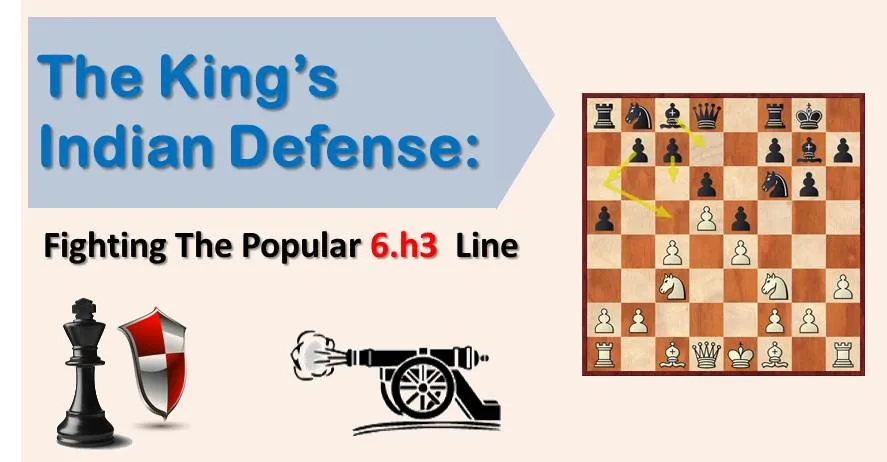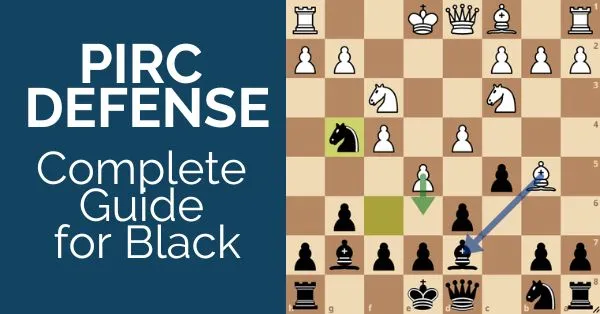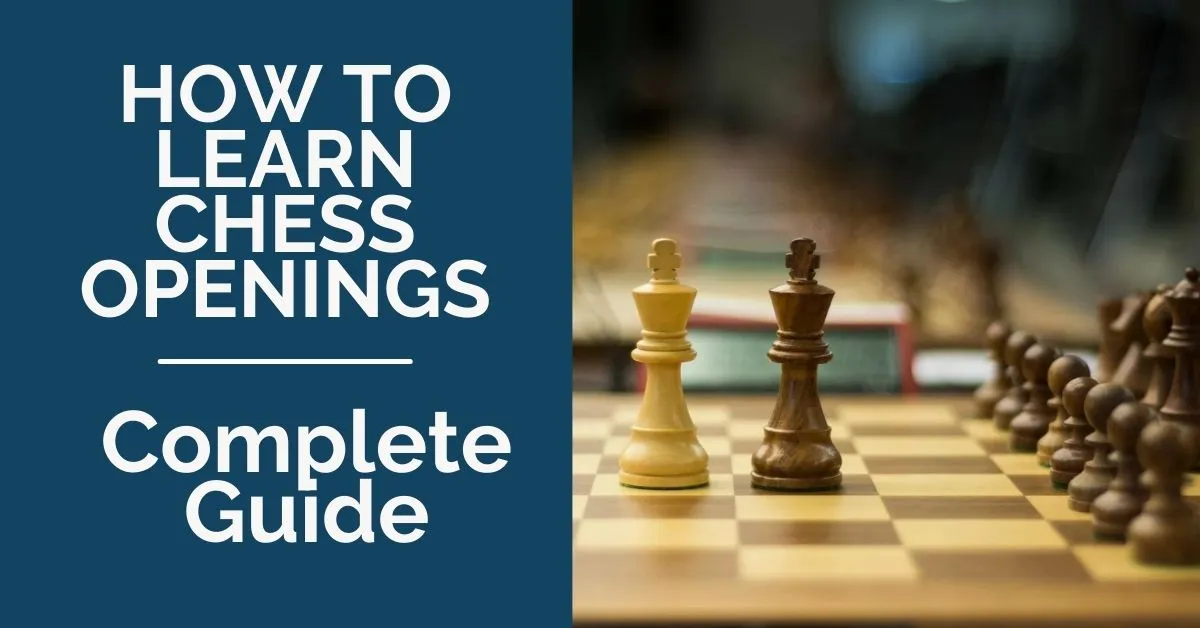The King’s Indian: Fighting The Popular 6.h3 Variation

King’s Indian and fighting the popular 6.h3 variation. Despite all the rumors about dubious lines, allegedly refuted variations, and “black is simply worse” statements by chess players all around, our beloved King’s Indian Defense stays alive and kicking. It is, without any doubt, one of the best openings to play against either 1.c4, 1.Nf3, and of course 1.d4. Even those who don’t always play it still have it in their opening arsenal ready to use it when a draw is not suitable.
One of the top players to do this quite often is the GM Hikaru Nakamura, as you can see from his latest games. The trend in chess theory is always changing; it’s pretty much just like fashion. If one top grandmaster starts accumulating victories with a system, it is very likely that the system will become the main line until it gets exhausted.
6.h3 variation
This doesn’t mean that the rest of the systems are worse, it’s just fashion. That’s what happens with the line we will discuss in the present article: The Makogonov variation or 6.h3 variation.

The variation has become mainstream in recent years, and the strong GM Tomashevsky has scored very nice wins with it. This has attracted the attention of many players of every level.
Let’s talk about the system with 5.h3 0-0 6.Nf3.

First of all, it is a very flexible system, as white does not show his cards so quickly nor commits himself to just one plan. If black plays with c5, white enters the Benoni ”Dreev” variation with d5, followed by Bd3. Most of the time black replies with 6…e5 7.d5 White fixes the pawn structure immediately and now, unlike the classical lines, the move h3 enables the first player to also grab space on the kingside by playing g4. Very often both sides are engaged in an open fight on the kingside after black plays the common rupture f7-f5. In the next game, we see an example of this.
As both sides play on the kingside, the black had difficulties in creating an adequate counterplay against the white king and couldn’t find a clear plan. White’s pressure along the g file brought him a large advantage.
Tip:
In order to fight blunders, find the right plan in complex positions and improve your positional and tactical vision we recommend you to sign up for our comprehensive training course. Hundreds of chess players already benefited from our training. Don’t wait, start winning chess games today.
King’s Indian – How to play with black
We are going to explain now, with a few examples, one way for black to handle this variation after the moves:
1.d4 Nf6 2.c4 g6 3.Nc3 Bg7 4.e4 d6 5.Nf3 0-0 6.h3 e5 7.d5

Now 7…Nh5 is fashionable, with the idea of a quick Nf4 and f5. This leads to very complicated and concrete play. We will discuss the mainline, which goes 7…a5. Black’s plan is now quite simple and straightforward: he wants to develop his pieces with Na6, Bd7 and later Nc5 or c6. He can also try Ne8 and f5, but everything will depend on how white plays.
There are a couple of ideas that black must remember in order to play this right:
- Don’t rush with Nc5 after Na6, as Bd7 is more flexible and keeps more options open;
- Play c6 only after white has played g4. The idea is to counterattack white’s kingside expansion with play in the center and on the queenside;
- Keep in mind the a5-a4 advance, even if it costs a pawn in exchange for white’s dark-squared bishop.

6.h3 – Games played
We consider this first example the main game, where you can see very clearly black’s ideas in this variation.
In the next game, white chooses to castle queenside and we will see black’s plan in this case: he seizes the initiative with Qa5+b5.
The third game, between Riazantsev and Svidler, is for those who would like to mix things up a bit. Black plays quickly Ne8 followed by f5, leading to very complex positions with chances for both sides. It is an excellent solution for those who want to play sharp positions.
King’s Indian – Conclusion
In conclusion, we suggest you investigate the details of this line if you want to play it, but in general, it looks like a sound way to meet the Makogonov variation – less forced continuations and a lot of room for new ideas. Happy hunting with the King’s Indian!
Want to know more about King’s Indian? Look at Fighting the Fianchetto Variation as well as Off Beat Lines in This Opening: 6…Nbd7.
If you want to improve your chess level, you need to have a clear study plan. If you aim for a dramatic improvement at chess you need to work on all of the elements of the game in a systematic way:
- tactics
- positional play
- attacking skills
- endgame technique
- classical games analysis
- psychological preparation
- and much more
That seems to be like a lot of things, and that is. But no worries, we have made it easy for you. Our comprehensive training course covers it all and much more. Sign up for 21 Day Training right now!










Comments: